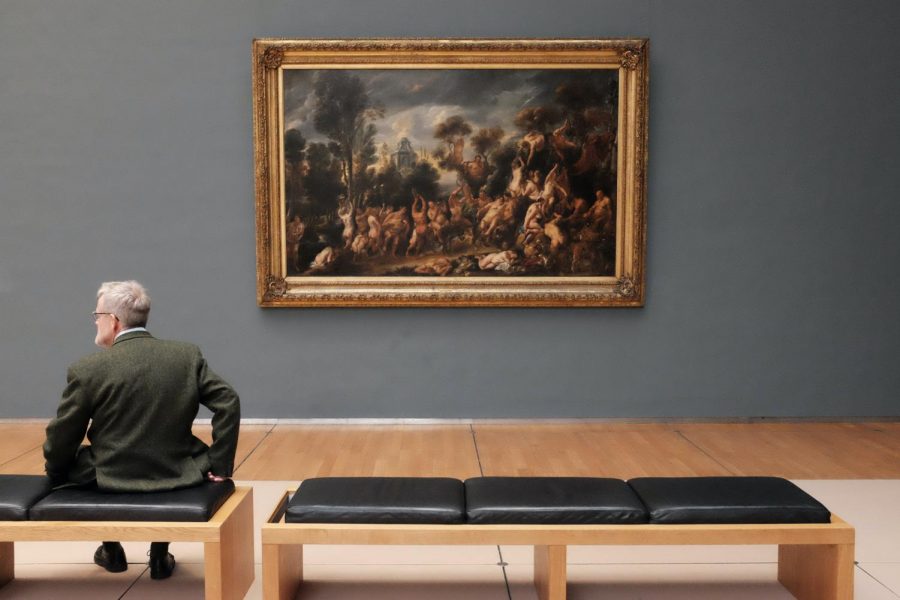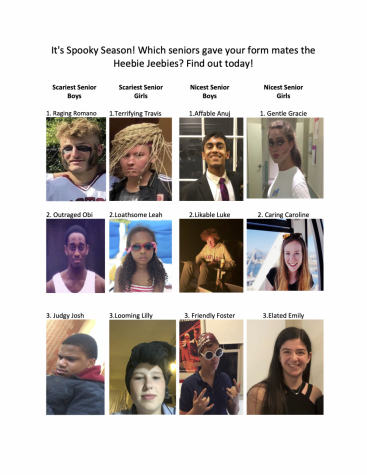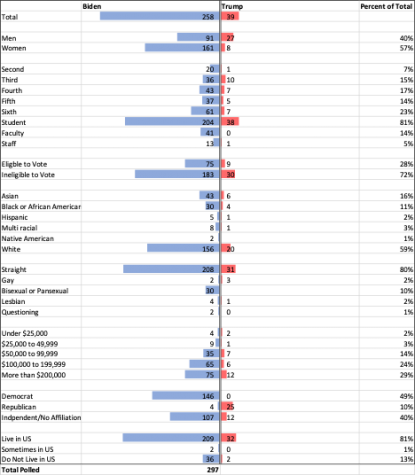New Entertainment, New Accessibility
If you observe the typical YouTube homepage, it might consist of the following: a couple of laughing late-night show hosts, suspenseful movie trailers, and maybe the latest live performance of your favorite artist. What might have been another casual glance and click earlier this year seems like a distorted version of reality now, with large audiences and shots of crowded extras.
Having become so accustomed to the constant churning of high-budget, elaborate creations from the entertainment industry, COVID-19 dramatically shifted our consumption of film, shows, and music. What used to be dazzling events must conform to the new socially distanced entertainment landscape. Although fancy sets and expensive filming equipment have taken a break, this shift from the stage to the living room might not be so bad for our consumption of entertainment.
This shift eerily resembles a recent phenomenon: the trend of ‘relatability’. While high-resolution, professionally-produced work was once regarded as a requirement to attract viewers, the charm of the ‘home video’ — iPhone cameras and ordinary people — has proved to be immensely popular, launching several individuals, such as R&B duo Chloe x Halle and comedian Bo Burnham, into stardom. This phenomenon’s popularity is no surprise — it’s as if you are watching a friend through the computer screen, performing or talking from their bedroom. It’s a medium that not only feels emotionally accessible as a viewer but is also more accessible for creators financially. Thanks to direct communication on media platforms, there are no more expensive tickets and no more wall between the audience and the star.
Sure, many entertainers interact with their fans through social media normally, but the industry, more than ever before, relies on audience engagement—more specifically, an engagement that maintains a healthy relationship with viewers— to effectively adapt to the current situation’s need for convenience and a constant, or even increased, stream of content.
Take the talk show, for example. The format thrives off of its studio audience, celebrity guests, and regular live broadcasts. COVID-19 deprived these shows of their core elements, forcing them to move away from the traditional format. Well, that’s exactly what they did. They literally moved away from the high-budget sets to the hosts’ homes. At first, this seems underwhelming: blurry zoom calls, living room shots, and awkward silences in place of cheering and laughter. How are we supposed to enjoy talk shows with such a makeshift setup?
Relatability. Many of these household names have traded their suits for a t-shirt and jeans, adjusting to a ‘home video’ format that speaks directly to an online audience. In some sense, they have become ‘relatable’ like the kid in front of the iPhone camera; they are specifically creating home content for an accessible platform, which in turn relies on direct audience engagement. Previously limited to the rather distant television broadcast, talk shows are interacting with their online audience more than ever. This is not just satisfying as a viewer. Talk shows have taken advantage of this quick feedback to build upon shows as they are filmed, even addressing specific viewers’ comments during their filmed segments.
Beyond the changes in talk shows, superstars are performing from home, companies are focusing on creating content for streaming services, and theatres are releasing pro-shots of their shows. These new additions all serve the current entertainment landscape that relies on accessibility, creating an industry that targets an audience not by presenting overly opulent ideals and exclusivity, but by utilizing the power of ‘relatability’.
Strangely, the frustration of social distancing and quarantine may have forced the entertainment industry to reveal a more humble version of itself. Though the effects of this shift may not last for long, one can only hope that the industry can take note of the benefits of offering more accessible forms of entertainment. With the implementation of these changes and some reflection, perhaps the industry can provide a more interactive and inclusive experience for the viewer.






